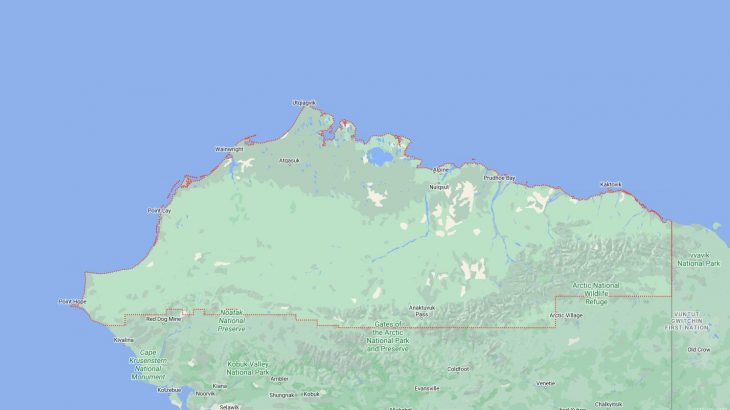Cities and Towns in North Slope Borough, Alaska
Founded in 1972, North Slope Borough is one of 20 boroughs in the state of Alaska. The city of Utqiaġvik is the borough seat. With FIPS code of 185, North Slope Borough has a population of 10,972 and area of 88,824 square miles (230,053 km²).
List of all cities in North Slope Borough, AK alphabetically
| City/Town | Postal Code | Area Code |
| Anaktuvuk, AK | 99721 | 907 |
| Anaktuvuk Pass, AK | 99721 | 907 |
| Atqasuk, AK | 99791 | 907 |
| Barrow, AK | 99723 | 907 |
| 99734 | 907 | |
| 99759 | 907 | |
| 99789 | 907 | |
| 99791 | 907 | |
| Kaktovik, AK | 99747 | 907 |
| Nuiqsut, AK | 99789 | 907 |
| Point Hope, AK | 99766 | 907 |
| Point Lay, AK | 99759 | 907 |
| Prudhoe Bay, AK | 99734 | 907 |
| Wainwright, AK | 99782 | 907 |














































